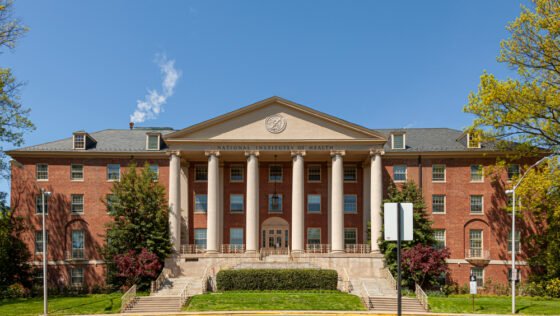By DS
Artificial intelligence has exposed how little brain research was regarded in the last few decades. Several diseases that caused deaths were prioritized but the brain didn’t seem to mean much [or need much] in the scale of preference. The brain, being complex, also stoked assumptions that regardless of whatever is done, meaningful progress might not be made.
Now, AI is reality. Reality for intelligence, applicable to many aspects of valuable and productive work. AI, with language, can access the human mind, with effects on mental health, disorders and so forth. AI can teach — playing roles in learning and memory. AI can do as much value as required in vital human spheres.
The acceleration of AI met nothing in neuroscience that can withstand its advantages. AI is soaring unchallenged in many areas that the question is: what has neuroscience been doing all these years? How does reality — the ultimate measure of work — appear, in AI, and all kinds of flaws show up, yet neuroscience cannot answer.
Many of the comfort zones of neuroscience, to unknown questions, are getting unraveled. How does human intelligence work? This is not a question to answer by random labels. The question is seeking brain mechanisms, to place possibilities for humanity, as AI accelerates.
How does mental health work? Why do some therapies work and others don’t? How does anything induce delusion or hallucination? The answers to these questions are also not vague labels, but mechanisms of mind. With the news of AI psychosis, people falling in love with AI and so forth, what has neuroscience said about how the mind works, to approach these situations?
NIH Brain Initiative
The National Institutes of Health [NIH] started a brain initiative over a decade ago. While there have been some results, the assumption that mapping the human genome could be transplanted to mapping the human brain is now considered erroneous. Connectomics led a lot of NIH Brain Initiative’s effort. The promise of the connectome, if ever, as an answer to brain unknowns, is centuries away.
Health Disparities
The problems of health disparities that used to be confined within some boundaries are now scaled out to everyone amid AI. Anyone is susceptible to reaches of AI, in some form. And without answers, especially from neuroscience, unknowns, for all, may deepen.
NIH
How does the NIH make a difference? What can be done to shape possibilities for the future beyond AI? There were several problems, now there is AI — with its advantages and otherwise. Regarding the brain, maybe the NIH may take things forward in relevant directions.
There is a recent [August 15, 2025] statement, Advancing NIH’s Mission Through a Unified Strategy, stating that, “Through this strategy, we will better leverage the synergistic missions of each NIH Institute and Center to fund the most meritorious science, address urgent health needs, and sustain a robust biomedical research workforce. A central pillar of this approach is balancing scientific opportunity with mission-critical objectives. NIH is sharpening its focus on chronic health issues that affect Americans, including chronic childhood diseases and nutrition. We are also prioritizing next-generation tools such as artificial intelligence, alternative testing models, and real-world data platforms.”
There is a recent [August 1, 2025] article in STAT, Jay Bhattacharya once studied health disparities. As NIH director, he’s allowed such research to wither, stating that, “The April announcement of National Institutes of Health director Jay Bhattacharya’s appointment and his public profile at Stanford University, where he was a professor of health policy, both state that his work has focused on vulnerable populations, and he’s published at least five papers on racial health disparities.”






